ZepBound vs. CPAP: A Deep Dive into Sleep Apnea Treatments, Their Mechanisms, and Long-Term Safety
1. Understanding Sleep Apnea
1.1 What Is Sleep Apnea?
Sleep apnea is a sleep disorder characterized by repeated pauses in breathing (apneas) or shallow breaths (hypopneas). These events reduce the oxygen saturation in the blood and lead to frequent awakenings, preventing restful, restorative sleep.
- Obstructive Sleep Apnea (OSA): The most common type, caused by physical airway obstruction (e.g., relaxed throat muscles).
- Central Sleep Apnea (CSA): The brain fails to send proper signals to the muscles controlling breathing.
- Mixed or Complex Sleep Apnea: A combination of both obstructive and central events.
1.2 Prevalence and Risk Factors
- Obesity: Excess weight can narrow the airways.
- Anatomical Variations: Enlarged tonsils, a large tongue, or a recessed chin can increase OSA risk.
- Family History and Genetics: Some individuals inherit anatomical predispositions.
- Lifestyle Factors: Smoking, excessive alcohol use, and sedentary habits exacerbate symptoms.
- Age and Gender: More common in middle-aged and older adults; men have a higher risk, but prevalence rises in post-menopausal women.
2. CPAP Therapy: A Time-Tested, Non-Invasive Approach
2.1 How CPAP Works
CPAP therapy prevents airway collapse by delivering a continuous stream of pressurized air through a mask worn over the nose and/or mouth. This pressure splints the airway, eliminating apneas and hypopneas.
-
Equipment Components
- CPAP Machine: Generates a constant stream of air.
- Tubing: Carries air from the machine to the mask.
- Mask: Varies in style (nasal mask, full-face mask, nasal pillows) to accommodate different comfort preferences.
-
Pressure Settings
- Typically determined through a titration study in a sleep lab or by using auto-adjusting CPAP machines at home.
2.2 Benefits and Efficacy
- Clinically Proven: Considered the gold standard for moderate to severe OSA.
- Immediate Results: Reduces or eliminates apnea events from the first night of use.
- Improves Comorbidities: Helps control high blood pressure and lowers cardiovascular risks over time.
- Enhances Quality of Life: Alleviates daytime sleepiness, fatigue, and cognitive symptoms.
2.3 Side Effects of CPAP Therapy
- Dryness/Irritation: Can affect nasal passages and throat; using a heated humidifier usually helps.
- Mask Discomfort or Skin Irritation: Mask fit is crucial. Poorly fitting masks cause leaks and redness.
- Aerophagia (Swallowing Air): Can lead to bloating or gastrointestinal discomfort.
- Noise Disturbance: Most modern CPAP machines are relatively quiet, but some users are still sensitive.
- Infections: Uncleaned masks or tubing can lead to bacterial growth. Proper, regular cleaning is essential.
2.4 Compliance and Long-Term Safety
- High Efficacy, Variable Adherence: Some patients struggle with the nightly routine or mask discomfort, but it remains one of the safest, most researched options for OSA.
- No Systemic Side Effects: Because CPAP is a mechanical intervention, there is virtually no risk of organ-related issues.
- Decades of Data: CPAP has been in use since the early 1980s, offering a robust track record of safety and effectiveness.
3. ZepBound: A Pharmaceutical Breakthrough
3.1 FDA Approval and Significance
ZepBound received FDA approval for the treatment of obstructive sleep apnea following clinical trials that demonstrated its ability to reduce airway obstruction via pharmacological pathways. This marks a pivotal shift in the field of sleep medicine, offering a new avenue for patients intolerant or noncompliant with CPAP therapy.
3.2 Mechanism of Action
ZepBound works by targeting specific neurotransmitter or receptor pathways that influence the tone and patency (openness) of the upper airway. While the exact mechanism can vary depending on the medication’s active ingredients, common strategies include:
- Enhanced Muscle Tone: Stimulating or modulating the muscles in the throat to reduce collapsibility.
- Reduced Inflammatory Response: Some formulations may decrease airway inflammation, indirectly helping maintain patency.
3.3 Advantages of ZepBound
- Convenient Oral Administration: No external equipment needed, which can be liberating for many users.
- Potential for Broader Accessibility: Patients who travel frequently or lack space for a CPAP machine might find a once-daily pill more convenient.
- Lower Noise and Lifestyle Impact: Zero external noise compared to CPAP’s minimal hum.
3.4 Potential Drawbacks and Side Effects
Since ZepBound is a systemic medication, it can affect multiple body systems:
- Gastrointestinal Issues: Nausea, vomiting, diarrhea, or constipation.
- Neurological Effects: Dizziness, headaches, daytime drowsiness—may affect driving or work.
- Cardiovascular Concerns: Possible elevations in blood pressure or heart rate.
- Allergic Reactions: Rash, itching, swelling, or more severe hypersensitivity responses.
- Medication Interactions: Careful review of concurrent meds is crucial, especially for patients on blood pressure or antidepressant medications.
3.5 Long-Term Safety Considerations
- Organ Impact: Any medication processed by the liver or kidneys could pose risks over time.
- Tolerance and Dependency: Some patients may develop a tolerance, requiring dosage adjustments.
- Ongoing Monitoring: Healthcare providers often recommend regular check-ups to assess liver and kidney function, as well as the drug’s effectiveness.
4. Side-by-Side Comparison: CPAP Therapy vs. ZepBound
| Criteria | CPAP Therapy | ZepBound |
|---|---|---|
| Primary Mechanism | Mechanical air pressure to keep airways open | Biochemical pathway modulation to reduce airway collapse |
| Delivery Method | External device (machine, mask, tubing) | Oral medication (pill) |
| Efficacy | Highly effective for moderate to severe OSA when used consistently | Promising results in clinical trials; long-term comparative data is still emerging |
| Side Effects | Mostly localized (skin, nasal passages), minimal systemic effects | Systemic (GI, cardiovascular, neurological) depending on patient history |
| Compliance Issues | Discomfort with masks; daily cleaning/maintenance required | Potential for medication side effects and interactions; requires strict adherence to dosing |
| Long-Term Safety | Well-established over decades; minimal risk of organ impact | Emerging data; possible tolerance or long-term organ function considerations |
| Noise Factor | Machines can be quiet but may still bother sensitive sleepers | No device noise |
| Cost & Insurance Coverage | Often covered by insurance; machine, mask, and supplies can be expensive up front | Medication costs may vary; insurance coverage is less predictable and depends on formulary and plan |
| Ideal Candidates | Individuals who can tolerate or adapt to mask use and require reliable, proven efficacy | Patients who cannot or will not use CPAP and need a convenient oral option |
5. Lifestyle Implications
5.1 Travel and Mobility
- CPAP Therapy: Traveling with a CPAP machine is possible but can be cumbersome. International power outlets or airline restrictions add logistical complexity.
- ZepBound: Oral administration is straightforward; you only need to pack pills.
5.2 Quality of Life
- CPAP Users: May feel tethered to a machine but can achieve significant improvement in sleep quality.
- ZepBound Users: Freed from nighttime devices but must manage potential side effects and remain vigilant for drug interactions.
5.3 Psychosocial Factors
- Mask Stigma: Some individuals worry about their appearance while wearing a CPAP mask.
- Medication Stigma: Others may be hesitant to rely on a daily pill.
6. Additional Treatment Considerations
6.1 Combination Therapy
While still under research, certain patients may benefit from CPAP in conjunction with ZepBound for more difficult cases of sleep apnea. This approach could lower CPAP pressure requirements or reduce medication dosage.
6.2 Alternative Interventions
Other therapies exist for patients who are not good candidates for either CPAP or medication:
- Oral Appliances: Mandibular advancement devices help reposition the jaw and tongue.
- Weight Management Programs: Obesity is a major contributor to OSA, so lifestyle modifications can yield significant benefits.
- Positional Therapy: Encouraging patients to sleep on their side instead of their back.
- Surgical Options: Maxillomandibular advancement (MMA), tonsillectomy, or other procedures may reduce airway obstructions.
6.3 Importance of Follow-Up
Regardless of the treatment, regular sleep studies or follow-up checks can verify that apnea events are under control and that any coexisting health conditions (e.g., hypertension) are also improving.
7. Why CPAP May Still Be the “Safer Bet” Over the Long Run
-
Non-Invasive and Chemical-Free
CPAP therapy does not introduce any external substances into the body. Minimal risk of systemic side effects or organ toxicity. -
Extensive Clinical Track Record
Over 40 years of use in various populations, with consistent evidence supporting its effectiveness in reducing apnea events, lowering cardiovascular risks, and improving overall health outcomes. -
Customizable and Reversible
If one type of mask doesn’t fit or a certain pressure isn’t comfortable, adjustments can be made. Stopping CPAP has no lingering pharmacological effects. -
Lack of Drug Interactions
Since CPAP doesn’t involve pharmacotherapy, it won’t interfere with other medications, an important factor for patients on multiple drugs.
8. Cost and Insurance Nuances
8.1 CPAP Therapy Costs
- Machine and Accessories: Can range from a few hundred to over a thousand dollars, often covered partially or fully by insurance.
- Supplies: Ongoing costs for mask replacement, filters, and tubing.
- Insurance Variability: Many plans consider CPAP a durable medical equipment (DME) benefit, but coverage varies widely.
8.2 ZepBound Medication Costs
- Monthly Prescriptions: Costs can vary drastically depending on dosage and insurance formularies.
- Coverage Considerations: While many insurers cover brand-name or generic sleep aids, new treatments like ZepBound may have limited coverage initially.
- Prior Authorization: Some plans may require additional documentation or trials of CPAP before approving ZepBound.
9. Conclusion
The recent FDA approval of ZepBound has introduced a significant milestone in sleep apnea treatment, offering an oral medication that challenges the traditional dominance of CPAP therapy. For patients who cannot tolerate CPAP masks or find the maintenance burdensome, ZepBound’s convenience could be life-changing. However, CPAP still retains its status as a proven, long-term safe, and highly effective treatment, especially for moderate to severe OSA.
Ultimately, the choice between CPAP and ZepBound should be made in consultation with a qualified healthcare professional, taking into account individual patient factors such as lifestyle, existing medical conditions, insurance coverage, and personal preference. As sleep medicine continues to evolve, both treatments could coexist, offering tailored solutions to meet diverse patient needs.
Bibliography
- American Academy of Sleep Medicine (AASM). (2023). Clinical Guidelines for the Treatment of Obstructive Sleep Apnea.
- U.S. Food and Drug Administration (FDA). (2024). Approval Statement for ZepBound in Obstructive Sleep Apnea.
- Mayo Clinic. (2023). Sleep Apnea: Causes, Complications, and Treatment Options.
- National Institutes of Health (NIH). (2023). Comparative Efficacy of CPAP and Oral Medications in OSA Management.
- Journal of Clinical Sleep Medicine. (2024). ZepBound: Phase III Trial Outcomes and Post-Marketing Surveillance Data.
- ResMed. (2023). Technological Advancements in CPAP Therapy.

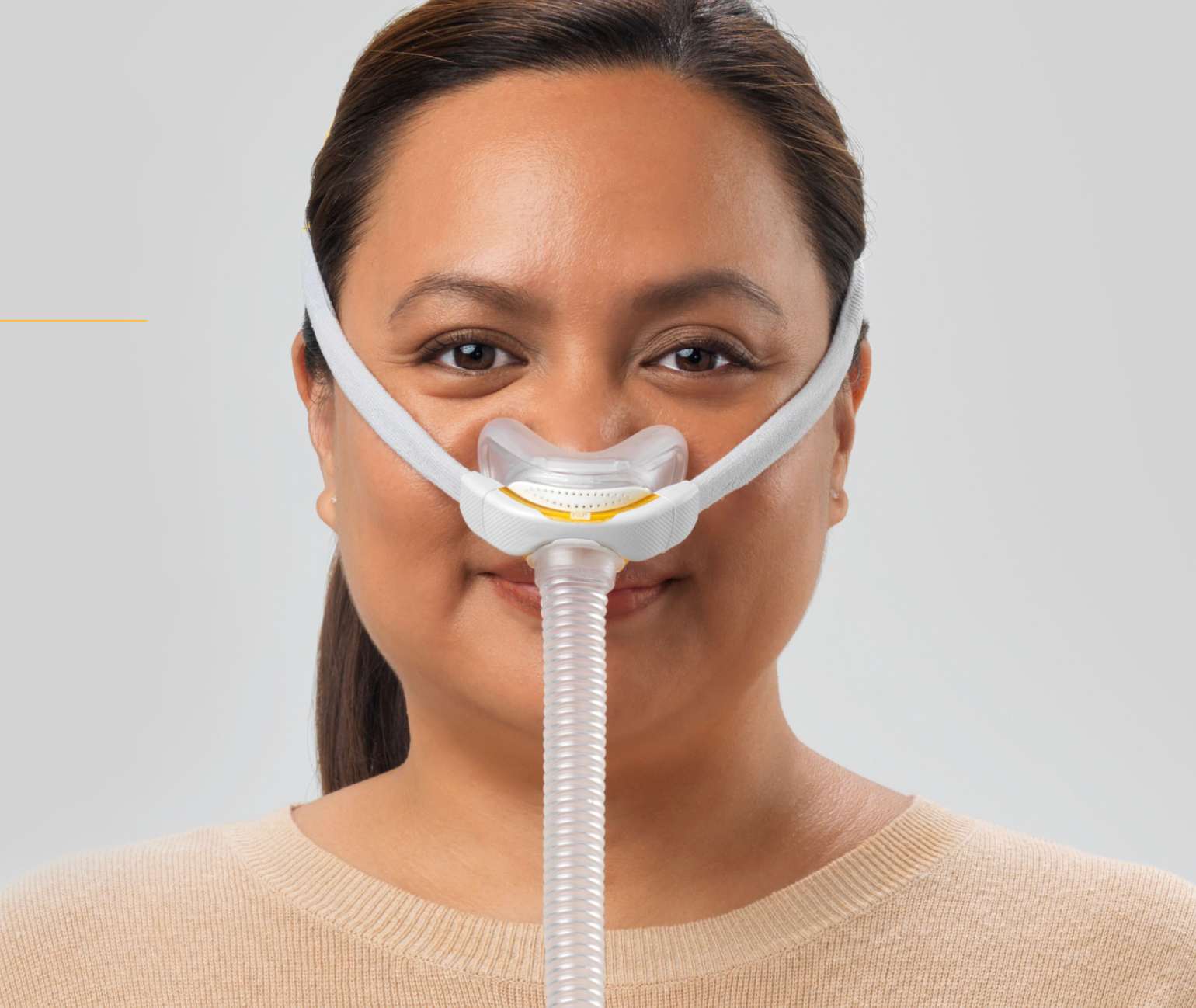
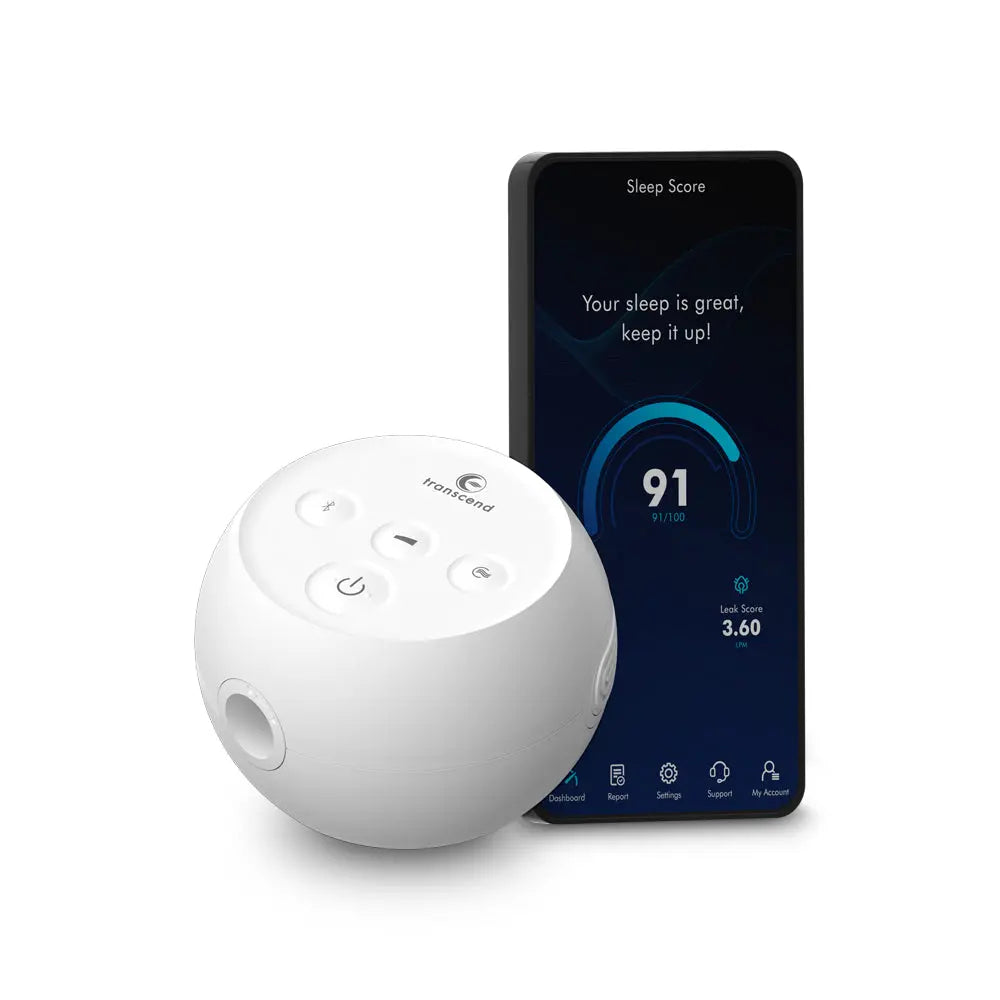
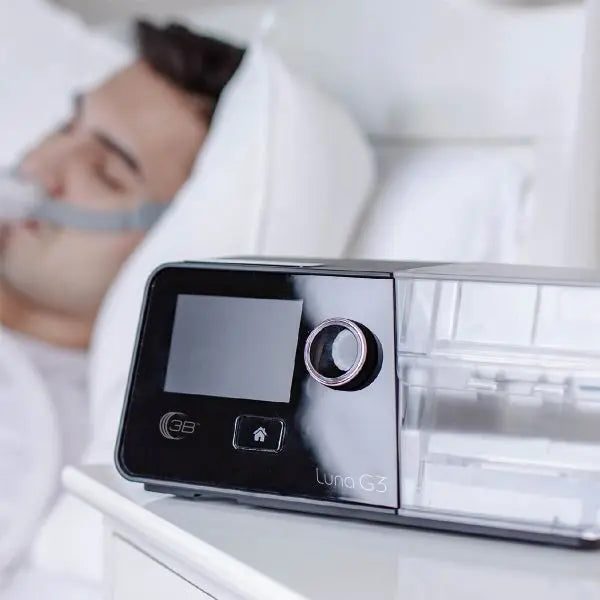
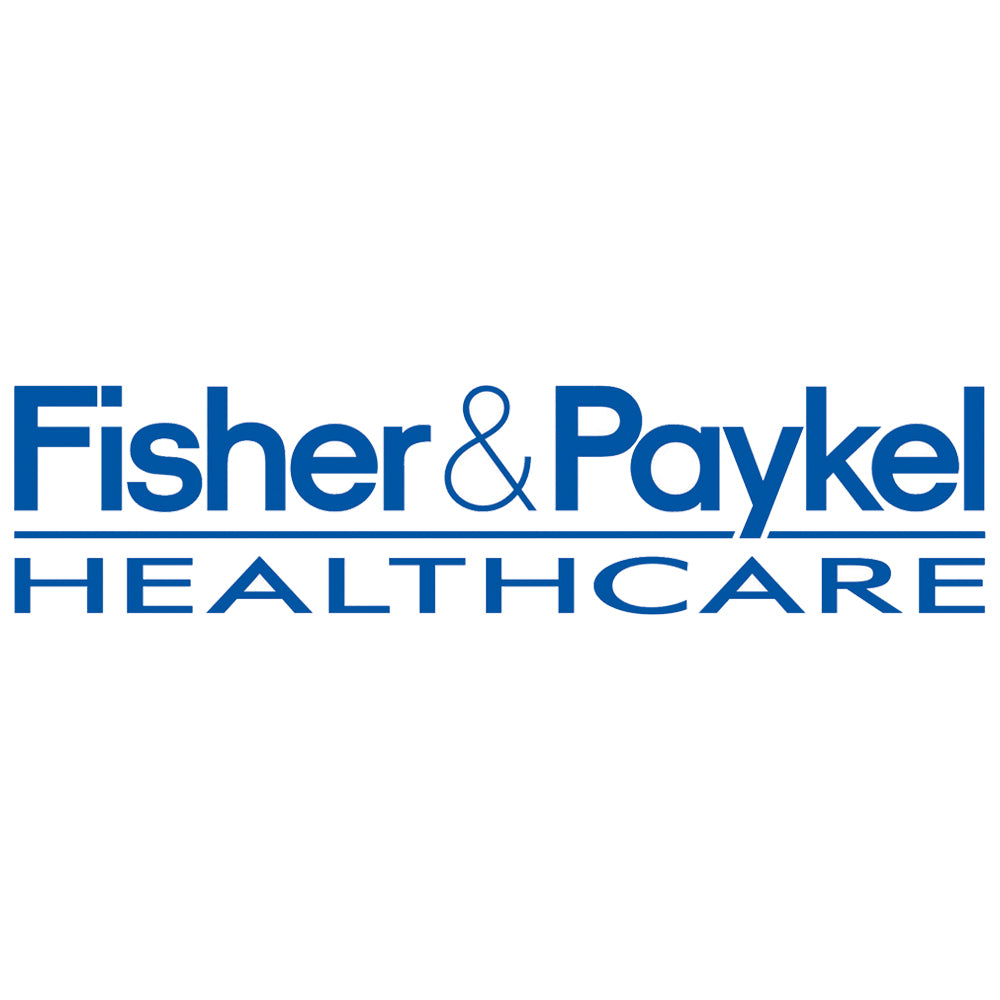

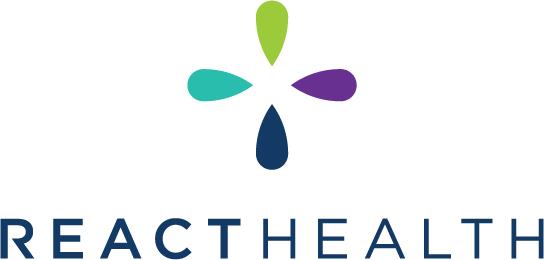
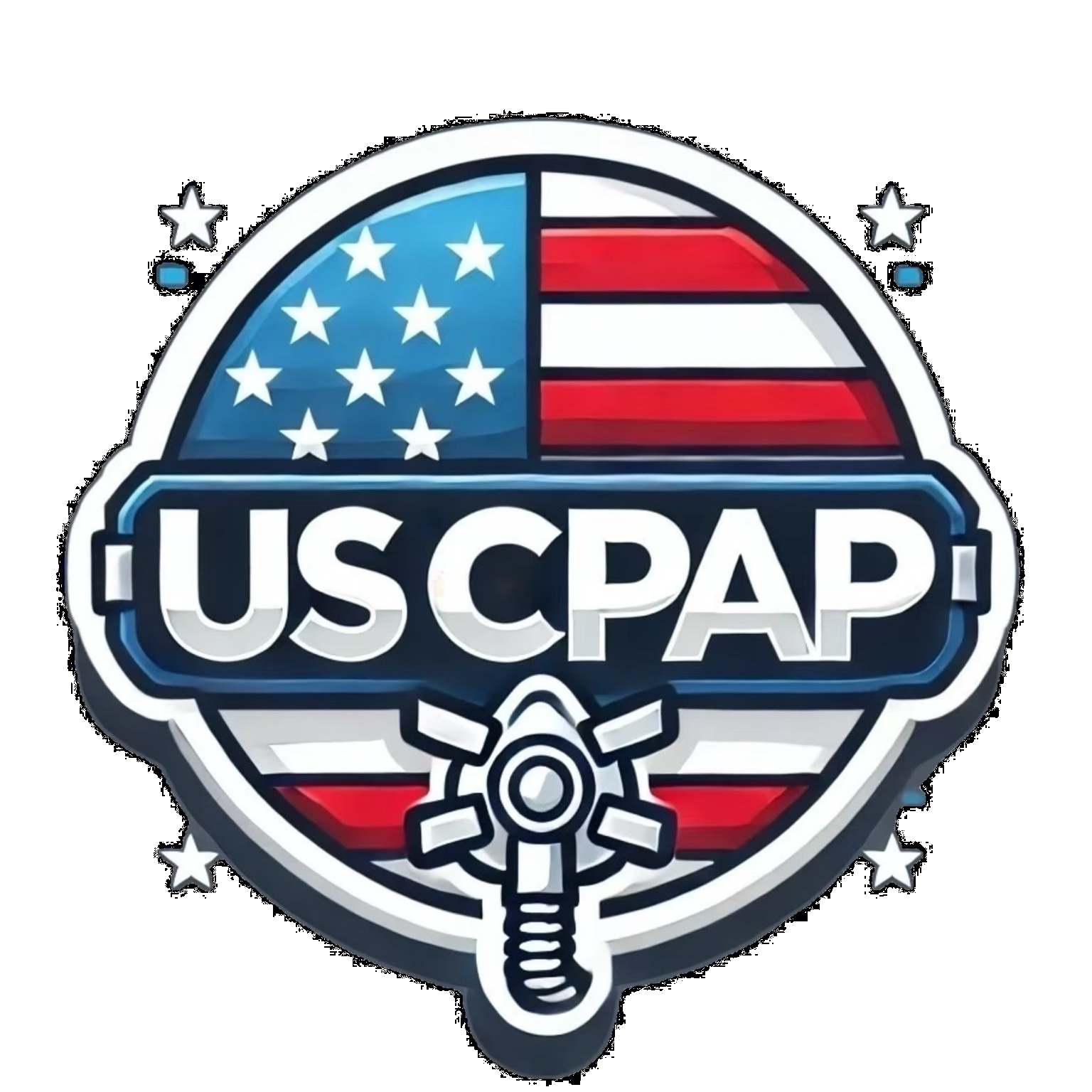
Leave a comment
This site is protected by hCaptcha and the hCaptcha Privacy Policy and Terms of Service apply.